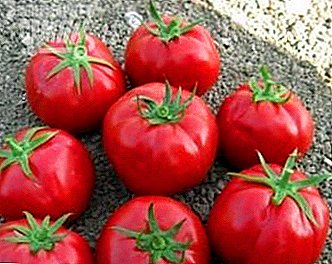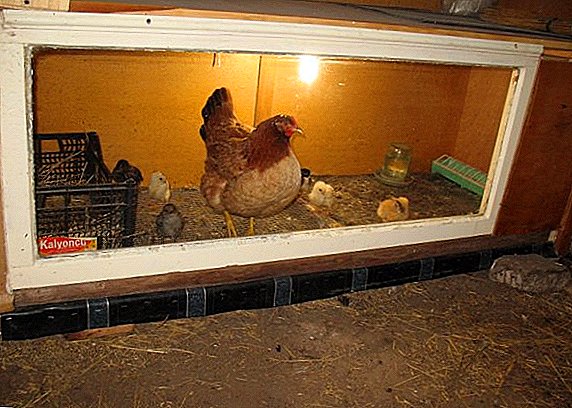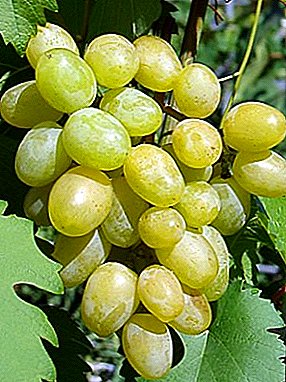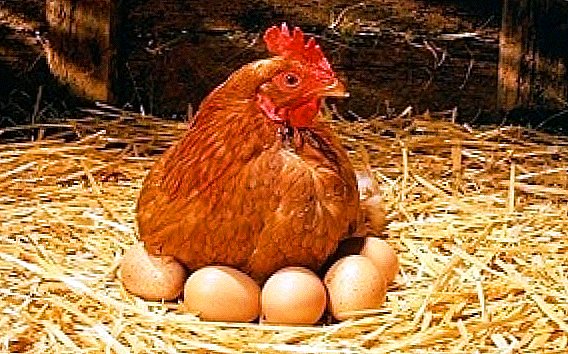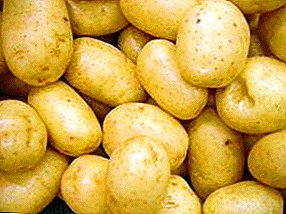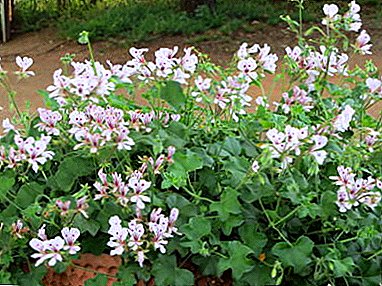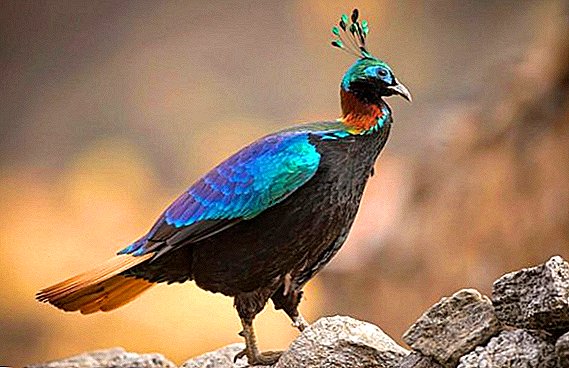 On the question of who is such a Himalayan monal, most of us will answer that this is most likely not a fish, since the Himalayas are high mountains. In fact, this beautiful relative of the pheasant is known in Asia to such an extent that it has even been honored to be a national symbol of Nepal and is emblazoned in the official coat of arms of one of the Indian states. This beautiful bird in all respects deserves a more detailed account of itself.
On the question of who is such a Himalayan monal, most of us will answer that this is most likely not a fish, since the Himalayas are high mountains. In fact, this beautiful relative of the pheasant is known in Asia to such an extent that it has even been honored to be a national symbol of Nepal and is emblazoned in the official coat of arms of one of the Indian states. This beautiful bird in all respects deserves a more detailed account of itself.
How does it look
Himalayan monal looks extremely impressive due to its bright coloring with intricate modulations of various shades.  Its characteristic features are:
Its characteristic features are:
- massive, stocky body with somewhat awkward movements;
- strong legs of yellowish brown or pale green shades;
- powerful and slightly curved brown beak;
- the tail is medium in size, copper-colored on top and black on the bottom;
- the head and the back of the head are green, around the eyes is a leathery blue ring. On the head of the males - a crest of long golden-green feathers;
- eyes with a black pupil and a dark brown iris;
- male plumage shimmers in red, purple, green and blue hues;
- the plumage of a female is sustained in motley brown tones;
- the length of the male, together with the 23-centimeter tail, is on average 70 cm with a weight of 2.5 kg;
- wingspan - 85 cm;
- females are smaller, with a body length of 63 cm, together with a 20-centimeter tail and a weight of 2 kg.



Where lives and how many lives
These birds prefer highlands with meadows located there with forbs at an altitude of 2500 to 5000 meters above sea level. Their main range extends in the Himalayas between Eastern Afghanistan and Bhutan, as well as in certain areas of Tibet. In winter, when there is an abundance of snow, birds, in search of food, descend below to the mountain forests, where pines, oaks and subalpine shrubs grow, such as rhododendron.
Monal's lifespan in nature is unknown for sure, and in captivity it is able to live up to 20 years.
Did you know? The handsome Himalayan monal, belonging to the pheasant family of chicken-like birds, is a relative of the common hen. However, if you look at some of our smart roosters, it is easy to believe.
Lifestyles and habits
These birds have good flying qualities, but prefer to slowly move along the ground, only occasionally taking off on the branches of trees. Even in dangerous moments, monals, as a rule, do not rise into the air, but flee, trying to hide somewhere.  In the autumn, females roam along steep mountain slopes, looking for the most nutritious food, along with their young chicks. And in the winter, the monals unite in flocks of up to 30 birds and descend to a height of 2,000 meters in mountain valleys, where there is less snow and it is easier to get food from under it. With the onset of heat, the birds migrate to the mountains to an altitude of 5,000 meters, where they feed until autumn.
In the autumn, females roam along steep mountain slopes, looking for the most nutritious food, along with their young chicks. And in the winter, the monals unite in flocks of up to 30 birds and descend to a height of 2,000 meters in mountain valleys, where there is less snow and it is easier to get food from under it. With the onset of heat, the birds migrate to the mountains to an altitude of 5,000 meters, where they feed until autumn.
Learn more about pheasants: breeding at home, feeding; how to catch a pheasant with your own hands; peculiarities of the content of the species golden pheasant
What feeds on
From the food that goes to these birds for nothing, one can only name acorns, berries and shoots of plants. For the rest of the rest monalam have to work hard: insects have to be caught, and the roots, plant tubers, insect larvae, which make up a large part of the birds ’diet, especially in winter, are underground. And monalam with powerful legs and strong, somewhat curved beak have to get them out.  First, the birds with their feet tear open the fossa, after which they begin to extract everything edible from the ground with their beak. In addition to the curvature, which helps to cling to the roots, tubers and larvae, there are also cutting surfaces on the edges of the beak, with which Monal cuts hard roots. Birds work so hard that after them large areas plowed to a depth of 30 cm remain on the surface of mountain meadows.
First, the birds with their feet tear open the fossa, after which they begin to extract everything edible from the ground with their beak. In addition to the curvature, which helps to cling to the roots, tubers and larvae, there are also cutting surfaces on the edges of the beak, with which Monal cuts hard roots. Birds work so hard that after them large areas plowed to a depth of 30 cm remain on the surface of mountain meadows.
Important! In winter, the monals sometimes do not disdain grain crops on the fields planted by the peasants in the mountain valleys.
Breeding
In April, high in the mountains, the monal period of marriage begins, which can last until July. Males become extremely noisy and aggressive towards their rivals and extremely gallant in front of females. They fluff their gorgeous feathers as much as possible, spread their wings and lift their tails, appearing in front of the ladies in all their glory, while bowing to them and bouncing dashingly. The most gallant of the gentlemen present to their darlings also some tasty food or just a pebble.  The females, of course, cannot resist such pressure, and mating occurs, after which the construction of the nest begins. To do this, they dig a shallow hole in the ground, the bottom of which is covered with leaves, grass and moss. Usually three eggs are laid, but sometimes their number can reach up to six.
The females, of course, cannot resist such pressure, and mating occurs, after which the construction of the nest begins. To do this, they dig a shallow hole in the ground, the bottom of which is covered with leaves, grass and moss. Usually three eggs are laid, but sometimes their number can reach up to six.
Only females incubate these eggs for 26-28 days, and the males, meanwhile, are found nearby, vigilantly guarding their mates and nests. They continue to do the same after the chicks hatch, helping the females in the first days and feeding the offspring with insects. For a long time in the nest, the chicks, however, do not stay, after a few days going after the female in search of food.
Under the guidance of their mother, the babies stay for half a year, after which they become completely independent, and reach sexual maturity in two years.
Read also about other pheasant representatives: wild chickens, partridges, peacocks.
Video: Himalayan Monal
These wonderful birds are a true decoration of nature. And although their beauty at one time became the cause of the decline in the number of the Himalayan monal due to their predilection for beautiful feathers, at present nothing threatens the population of these birds.


